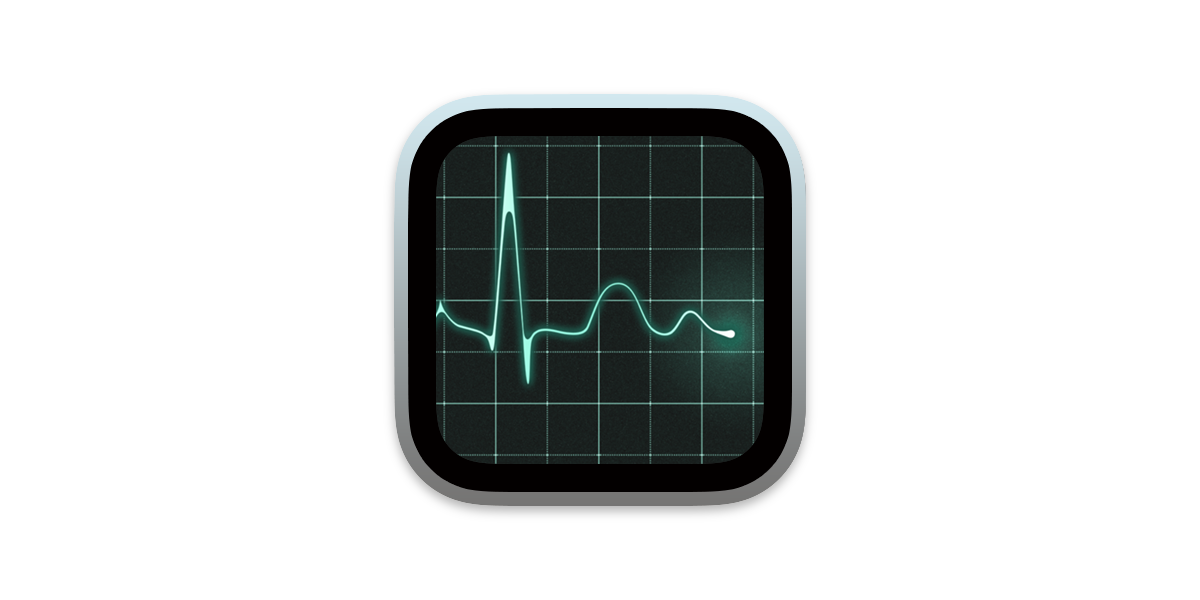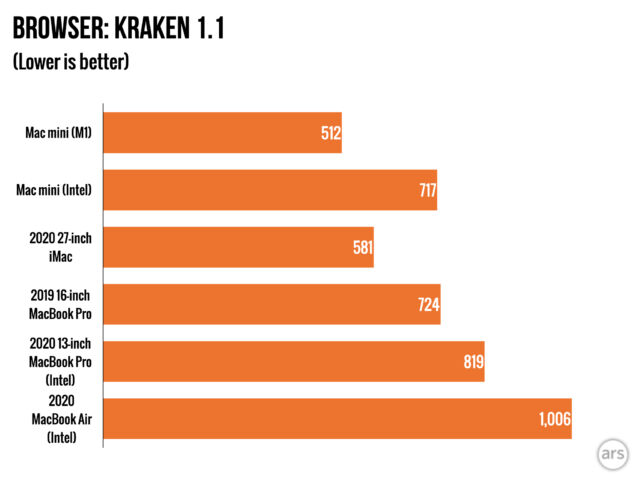
- #Which browser uses the least memory osx 2017 mac os x#
- #Which browser uses the least memory osx 2017 mac os#
- #Which browser uses the least memory osx 2017 pdf#
- #Which browser uses the least memory osx 2017 64 Bit#
- #Which browser uses the least memory osx 2017 free#
Malware reporting and disabling outdated plugins. Settings pages that open in a tab, rather than a dialog box. Faster JavaScript performance due to incorporation of Crankshaft, an improved compiler for V8. Partially implemented sandboxing of the GPU process. Google Cloud Print sign-in interface enabled by default. New flags: print preview, GPU-accelerated compositing, GPU-accelerated Canvas 2D, Google Native Client, CRX-less Web Apps, Web page prerendering, experimental Extension APIs, disable hyperlink auditing. Adobe Flash sandboxing on Windows and Chrome Instant (a la Google Instant) option. This release added "about:flags" to showcase experimental features such as Chrome Instant, side tabs on Windows, tabbed settings, Click to Play, background web applications, Remoting, disables outdated plug-ins, XSS Auditor, Cloud Print Proxy, GPU-accelerated compositing, WebGL support for the canvas element, and a "tab overview" mode (like Exposé) for macOS. Expanded synchronization support to include web applications. #Which browser uses the least memory osx 2017 pdf#
Built-in PDF viewer that works inside Chrome's sandbox for increased security. Updated New Tab page to enable featuring of web applications. Late binding enabled for SSL sockets: high priority SSL requests are now always sent to the server first. macOS version gained AppleScript support for UI automation. Built-in PDF support (disabled by default). Expanded synchronization support to include extensions and auto-fill data. Updated and more streamlined UI with simplified Omnibox. #Which browser uses the least memory osx 2017 64 Bit#
First stable releases for macOS, 32 bit Linux, and 64 bit Linux. 
Increased HTML5 support ( Geolocation API, App Cache, web sockets, and file drag-and-drop).Experimental new anti-reflected-XSS feature called "XSS Auditor".New "new tab" page for improved customization.Tab docking to browser and desktop edges.35% faster JavaScript on the SunSpider benchmark.Privacy section added to the application options.Bookmark manager with import and export support.Improved web proxy performance and reliability.Improved plugin performance and reliability.You cannot change the "Suggested size:" field.The following table summarizes the release history for the Google Chrome web browser. In the "Current size:"įield, enter the amount of memory you'd like to allocate to theĪpplication. Window you will see an area labeled "Memory".
#Which browser uses the least memory osx 2017 mac os#
In Mac OS 7.1 and earlier, near the bottom of the information.Requirement to run, the application will be available. Long as your computer has enough RAM to satisfy the minimum If the "Preferred size:" amount is unavailable, as
#Which browser uses the least memory osx 2017 free#
The "Minimum size:"įield indicates the amount of free RAM needed to permit theĪpplication to run. You cannot change the "Suggested size:" field. In the "Preferred size:" field,Įnter the amount of memory you'd like to allocate to the application. In Mac OS 7.5 and later, in the information window you will see anĪrea labeled "Memory Requirements".Slightly between older and newer versions of the operating system: Increase the application's memory allocation.Select Get Info.) The application's information window (In versions before Mac OS 8.5, you only need to
 From the File menu, select Get Info, then. This Computer (for Mac OS 7.0 to 7.5.5, select About This To allocate more memory to an application in versions of Mac Indicates the amount of free RAM needed to permit theĪpplication to run. In the "Preferred size:" field, enter the amount of memory you'd.
From the File menu, select Get Info, then. This Computer (for Mac OS 7.0 to 7.5.5, select About This To allocate more memory to an application in versions of Mac Indicates the amount of free RAM needed to permit theĪpplication to run. In the "Preferred size:" field, enter the amount of memory you'd. #Which browser uses the least memory osx 2017 mac os x#
In Mac OS X 10.0.x and 10.1.x, from the pop-up menu, select. In Mac OS X 10.2.x and later, click the arrow to the left of. The application's information window should open. From the File menu, select Get Info or Show. Make sure the application whose memory allocation you want to. This will give you an idea how much extra memory you canĪllocate to the application. Determine how much memory is available and accessible to yourĬomputer. You are running an application in Mac OS X's ClassicĮnvironment. However, you do need to set an application's memory size if Mac OS XĪdjusts the amount of memory as the application requires more or less When running Mac OS X, you don't need to manually set anĪpplication's memory size for native applications. Information here may no longer be accurate, and links may no longer be available or reliable. This content has been archived, and is no longer maintained by Indiana University.






 0 kommentar(er)
0 kommentar(er)
